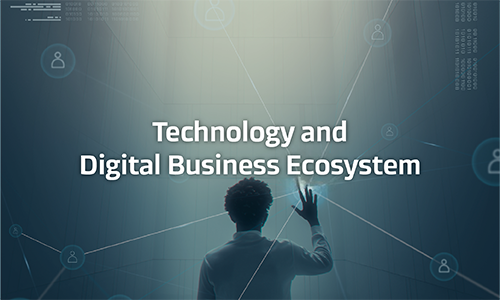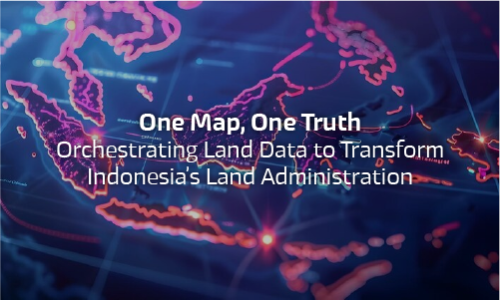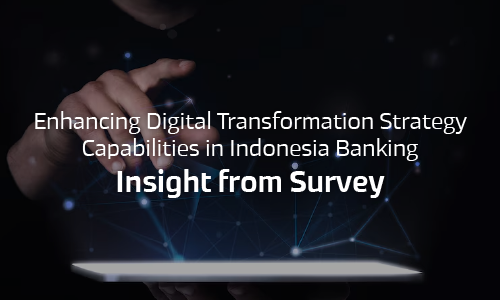
Summary: Digital Business Ecosystems (DBEs) are interconnected frameworks that drive innovation and value across industries like banking, logistics, and trade by leveraging digital platforms and advanced technologies. These ecosystems prioritize user-friendly features, functionality, and security to enhance collaboration. However, challenges like technology resistance, limited digital literacy, and inadequate infrastructure necessitate targeted strategies and investments. Therefore, to maximize the potential of DBEs, organizations must adopt a holistic approach, integrating technology, collaboration, and user-centric strategies. Considering factors such as perceived security, usefulness, and user-friendliness/ease of use.
A Digital Business Ecosystem (DBE) is an interconnected network of organizations and individuals leveraging digital tools to create valuable goods and services. Initially conceptualized as an "economic community," the idea has evolved to encompass software, hardware, and operational processes, forming a collaborative digital environment. DBEs provide a platform where stakeholders integrate technological foundations with digital services, creating synergies across industries like banking, logistics, trade, and customer services.
At the heart of the DBE are digital platforms, which serve as technological frameworks advancing IT capabilities. These platforms integrate information, computing, and connectivity technologies to enable seamless interactions among participants. Through these interactions, DBEs foster collaboration, innovation, and value creation, essential for driving digital transformation and enhancing service delivery. The DBE is particularly impactful in the banking sector, where it provides the infrastructure for services such as mobile banking (m-banking). This ecosystem ensures secure transactions, interoperability, and scalability, enabling banks to manage an increasing volume of users and transactions without compromising performance. Collaborations with fintech companies further enrich banking services, improving customer experiences.
DBEs thrive on collaborative and competitive interactions among stakeholders, including software developers, hardware manufacturers, service providers, and end-users. For example, banks partnering with fintech firms co-develop innovative products, enhancing their value proposition and fostering an ecosystem of mutual growth and innovation. Despite its potential, DBE adoption in banking faces challenges such as poor service quality. Addressing these issues requires optimizing the ecosystem through cutting-edge technologies, data-driven solutions, and customer-centric approaches. Enhanced service quality is crucial for building trust, improving user…













